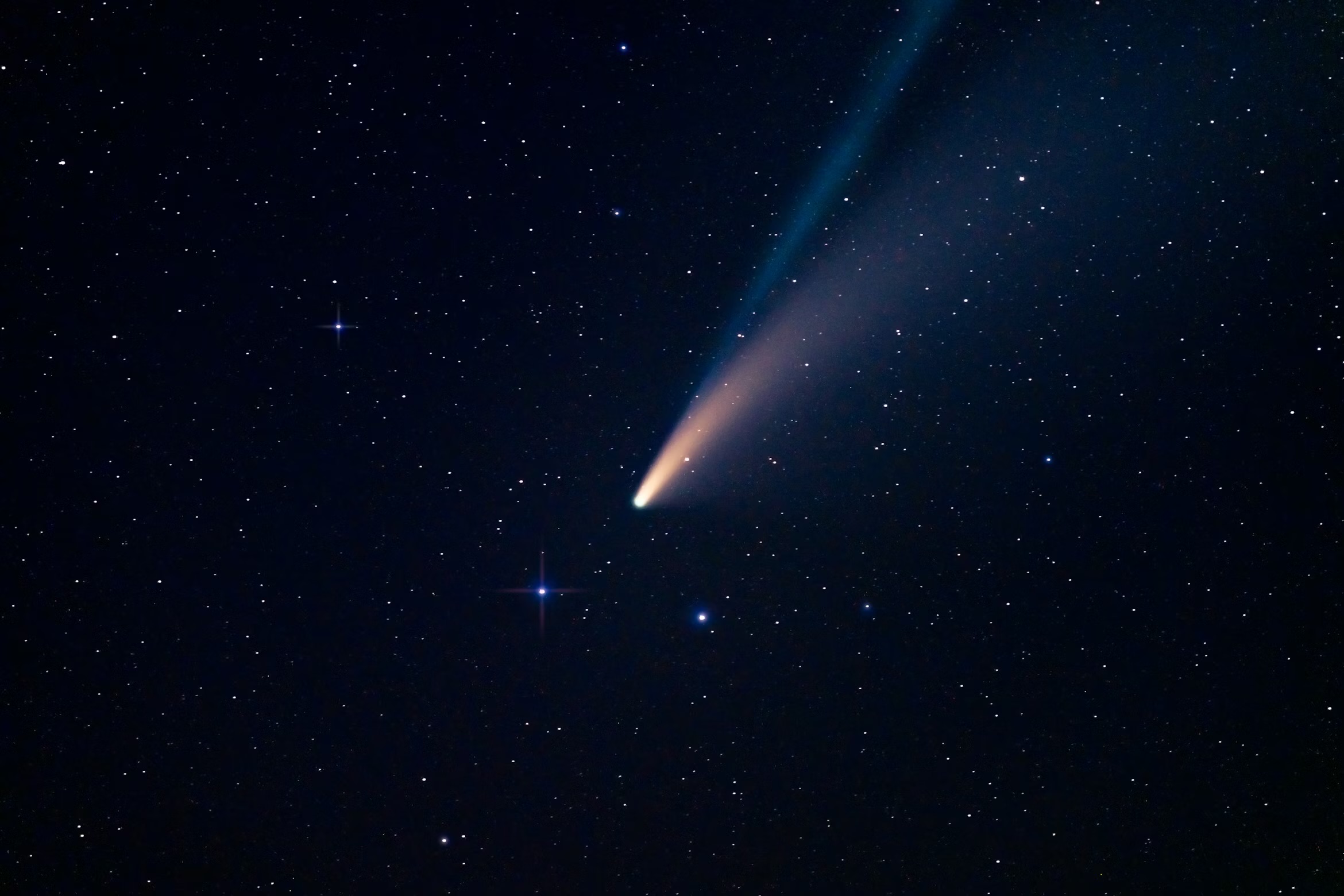
When the ATLAS survey telescope in Chile spotted a faint moving speck on July 1, 2025, no one imagined it would become one of the most intriguing discoveries of the decade. That speck turned out to be 3I/ATLAS, the third object ever confirmed to come from beyond our Solar System. Born around another star, it is making a single pass before vanishing into the dark. Only two such visitors have ever been seen before: 1I/‘Oumuamua in 2017 and 2I/Borisov in 2019.
A comet on a one-way journey
Instead of looping around the Sun like a normal comet, 3I/ATLAS is on a hyperbolic path that proves it is unbound to our star. On October 29, 2025, it will swing by the Sun at about 1.36 astronomical units, safely between the orbits of Earth and Mars. Its closest approach to Earth will be 1.8 astronomical units, far enough to pose no risk but close enough for astronomers to track with powerful telescopes. Its speed and steep trajectory suggest it has been traveling across the galaxy for billions of years, perhaps from the thick disk of the Milky Way. If so, it could be older than the Sun itself.
Early studies with the James Webb Space Telescope, Chile’s Very Large Telescope, and soon SPHEREx have revealed an unusual chemistry. Carbon dioxide dominates its emissions, with smaller amounts of water, carbon monoxide, cyanide, carbonyl sulfide, and even nickel vapor. Even when it was still beyond Jupiter, nearly seven astronomical units from the Sun, it was already venting gas. Such activity points to ices more volatile than water, hinting at very different conditions in its place of origin.
As of late September the comet is drifting through the constellation Libra, about 2.5 astronomical units from Earth, or 377 million kilometers away. It glows at magnitude 12, far too faint for the naked eye but within reach of professional and larger amateur telescopes.
A window into other worlds
Much remains uncertain. Its nucleus is hidden under dust, making it hard to measure its size or spin. The abundance of carbon dioxide compared with water raises questions about where it formed, and some astronomers suggest it could have been wandering the galaxy for seven to ten billion years. Finding its parent star is nearly impossible, and while some speculate about exotic possibilities—such as an artificial origin—its observed behavior matches that of a natural comet. Still, the mystery lingers, echoing the debates around ‘Oumuamua.
The true value of 3I/ATLAS lies in what it represents. These comets are frozen time capsules, carrying the raw materials of distant star systems. Ejected during planet formation, they drift unchanged through interstellar space until, by chance, one crosses our skies. Each one gives us a rare glimpse into the chemistry of other worlds and offers a clue as to whether the building blocks of life are scattered throughout the galaxy.
Do you want me to make the subtitles more dramatic and clicky (like for online readers), or keep them in a more straightforward, informative tone?

